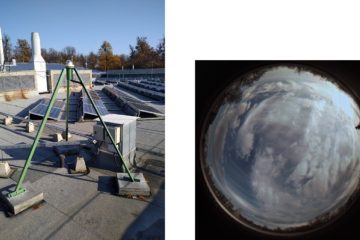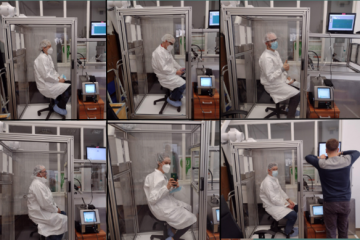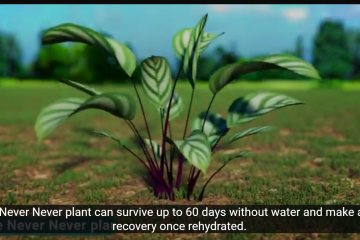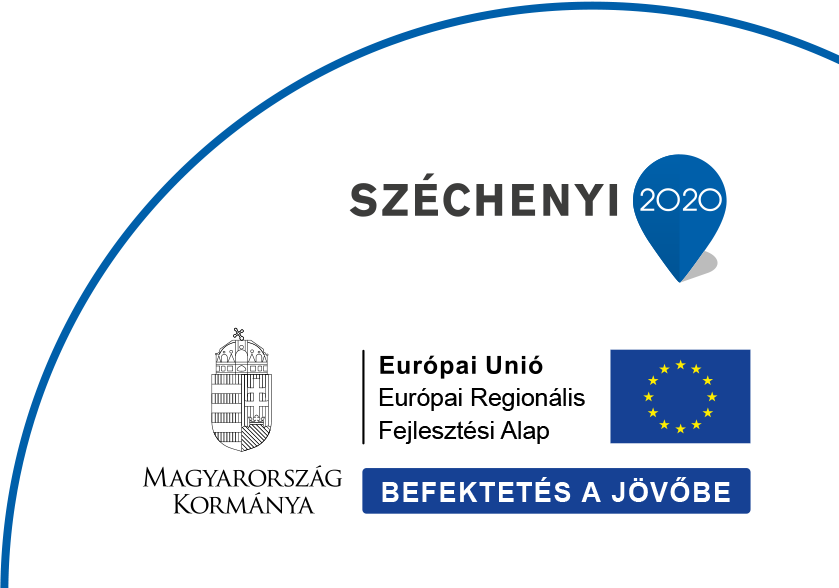The PIANOFORTE survey engaged a diverse range of stakeholders from Europe and beyond to gather insights on radiation protection research priorities, revealing distinct groups with varying attitudes towards the subject. The survey’s findings highlighted the importance of ongoing stakeholder engagement and effective communication, influencing research priorities for PIANOFORTE Open Calls and underscoring the need for comprehensive follow-up analysis on capturing a comprehensive views of stakeholder concerns.
In a recent survey conducted by the PIANOFORTE Partnership, a wide array of stakeholders voiced their opinions on radiation protection research priorities and issues. The online survey, performed in 2022, attracted respondents from 29 European countries as well as participants from Canada, China, Colombia, India, and the United States. The results were recently published in the journal Radiation and Environmental Biophysics (Groma et al. 2024).
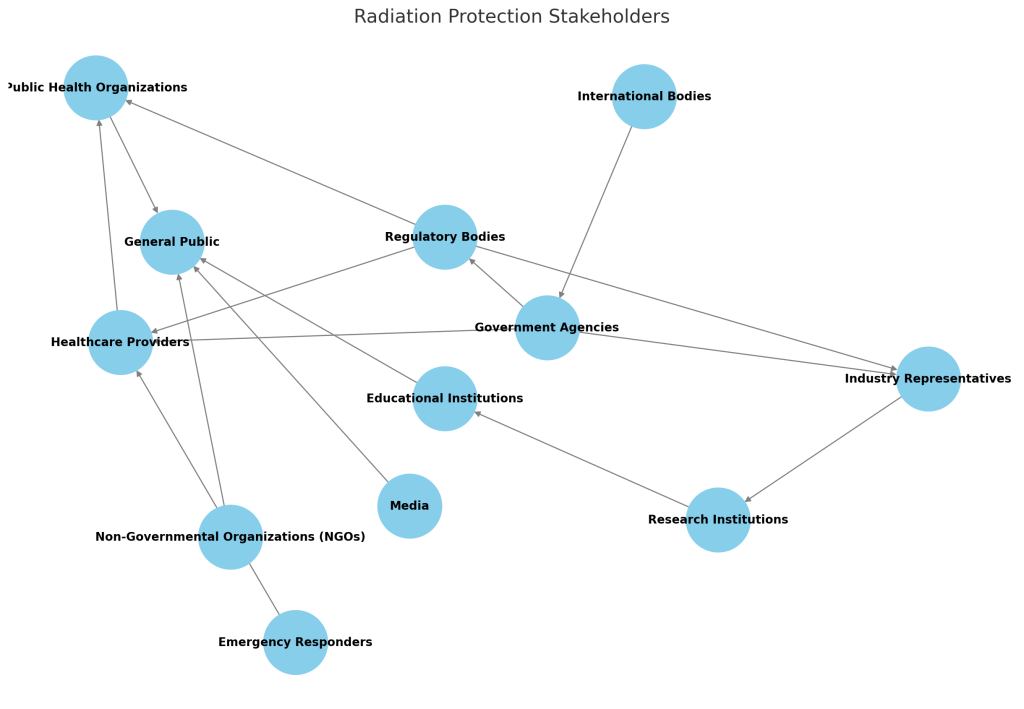
The primary goal of this survey was to engage a diverse range of stakeholders—including researchers, regulators, medical professionals, and representatives from international organizations—to gather their insights on the future of radiation protection research. In addition to qualitative and quantitative assessment of individual responses, the Positive Matrix Factorization (PMF) numerical model was utilized for data analysis, determining distinct groups with varying attitudes towards radiation protection.
The survey revealed that PIANOFORTE is widely recognized, even among stakeholders outside the Partnership, indicating effective early dissemination and communication efforts. It has raised awareness about the work of PIANOFORTE Partnership and radiation protection issues, increasing the number of registered stakeholders. The diverse feedback on research priorities from survey respondents has been integral to prioritizing topics for the PIANOFORTE Open Calls, with a slight emphasis on health and medical use of ionizing radiation. The survey’s prioritization results have influenced the 2nd Open Call, reflecting engaged stakeholder interests. Additionally, the survey highlighted varying perceptions of EU Basic Safety Standards (BSS) implementation, underscoring the need for comprehensive follow-up analysis and the importance of involving more than just regulatory experts in these efforts.
The analysis identified four stakeholder groups with different priorities. These ranged from groups focused on the impacts of radiation on ecosystems to those concerned with medical applications and nuclear power plants. Despite their differences, there was a common willingness to engage and collaborate on improving radiation protection measures.
The survey underscores the necessity of ongoing stakeholder engagement and targeted communication to address radiation protection issues effectively. The findings advocate for raising awareness, ensuring active participation in research and policy development, and continuous refinement of survey methods to capture a comprehensive view of stakeholder concerns.
This survey marks a significant step towards integrating diverse stakeholder perspectives into the future of radiation protection research and policy, ensuring that the voices of all affected parties are heard and considered.
Groma V, Madas B, Rauser F, et al (2024) Quantitative stakeholder-driven assessment of radiation protection issues via a PIANOFORTE online survey. Radiat Environ Biophys. https://doi.org/10.1007/s00411-024-01084-1
